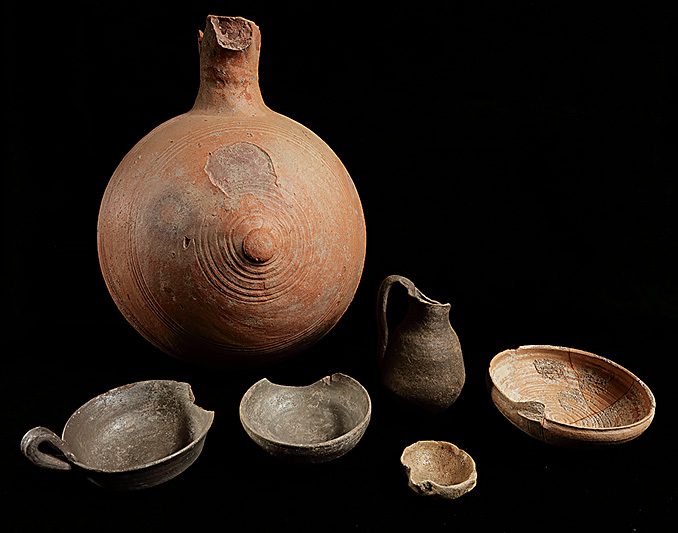AJA Open Access
BY-NC-NDOctober 2018 (122.4)
Field Report
Exploring Space, Economy, and Interregional Interaction at a Second-Millennium B.C.E. Citadel in Central Western Anatolia: 2014-2017 Research at Kaymakçı
By Christopher Roosevelt, Christina Luke, Sinan Ünlüsoy, Canan Çakırlar, John M. Marston, Caitlin R. O’Grady, Peter Pavúk, Magda Pieniążek, Jana Mokrišová, Catherine B. Scott, Nami Shin, and Francesca G. Slim
Current understandings of the archaeology of second-millennium B.C.E. central western Anatolia are enriched by ongoing research at Kaymakçı, located in the Marmara Lake basin of the middle Gediz River valley in western Turkey. Discovered during regional survey in 2001, the site offers a critical node of exploration for understanding a previously unexamined period in a well-traversed geography thought to be the core of the Late Bronze Age Seha River Land known from Hittite texts. Here we present results from the first three seasons of excavation on the citadel of Kaymakçı plus a study season (2014–2017), introducing the site’s chronology, historical and regional context, and significance through presentation of excavation areas as well as material and subsistence economies. With reference to such evidence, we discuss the site’s development, organization, and interregional interactions, demonstrating its place in local and regional networks that connected Aegean and central Anatolian spheres of interest.

Selection of complete ceramic vessels from the 2014–2016 excavations at Kaymakçı in Red Light Brown and Gray Wares: rear, left to right, flask (99.526.58.1), small jug (95.555.66.1); front, left to right, lamp (99.526.550.1), cups (99.526.324.1, 99.526.452.1, 109.523.113.1) (N. Gail; © Gygaia Projects).

Selection of complete ceramic vessels from the 2014–2016 excavations at Kaymakçı in Red Light Brown and Gray Wares: rear, left to right, flask (99.526.58.1), small jug (95.555.66.1); front, left to right, lamp (99.526.550.1), cups (99.526.324.1, 99.526.452.1, 109.523.113.1) (N. Gail; © Gygaia Projects).